Amazing Handmade Wooden Planters for Your Green Friends
Are you ready to elevate your indoor and outdoor spaces with something truly special? Handmade wooden planters are not just functional; they are a beautiful blend of nature and craftsmanship that can transform any environment. Imagine the rustic charm they bring, effortlessly enhancing your home while providing a nurturing habitat for your beloved plants. From vibrant flowers to aromatic herbs, these planters serve as the perfect stage for your green friends to thrive.
But why choose wooden planters over plastic or ceramic options? Well, for starters, wooden planters are incredibly versatile. They come in various shapes, sizes, and designs, allowing you to pick the ideal one that complements your style and space. Whether you prefer a classic rectangular planter or a more modern, geometric design, the options are endless. Plus, the natural aesthetics of wood can seamlessly blend with any decor, making your plants the stars of the show.
Moreover, wooden planters offer superior insulation compared to other materials. This means your plants will enjoy a stable temperature, which is crucial for their growth. The wood breathes, allowing moisture to escape while retaining just enough to keep the roots hydrated. This balance creates a healthy environment that promotes vigorous growth and vibrant foliage.
Now, let’s talk about sustainability. Opting for handmade wooden planters often means supporting local artisans and eco-friendly practices. Many craftspeople use reclaimed wood, which not only adds character and history to your planters but also reduces waste and promotes sustainability. By choosing these unique pieces, you're not just beautifying your space; you're making a positive impact on the planet.
In addition to their aesthetic and environmental benefits, wooden planters can be customized to fit your specific needs. Want to create a vertical garden? No problem! Looking for a planter that can double as a seating area? You got it! The possibilities are limited only by your imagination. So, whether you're a seasoned gardener or just starting your green journey, handmade wooden planters can be your go-to solution for adding life to your surroundings.
As we dive deeper into the world of wooden planters, you'll discover the various types of wood available, the benefits of each, and how to maintain these charming additions to your home. So, let's get started on this exciting journey of enhancing your living spaces with the beauty and functionality of handmade wooden planters!
- What types of plants are best suited for wooden planters?
Most plants thrive in wooden planters, but herbs, flowers, and succulents are particularly well-suited due to their root systems and moisture requirements.
- How do I maintain my wooden planters?
Regular cleaning, sealing, and repairing any damage will help prolong the life of your wooden planters. Make sure to check for rot and treat it promptly.
- Can I use reclaimed wood for my planters?
Absolutely! Reclaimed wood not only adds character but also promotes sustainability, making it a fantastic choice for eco-conscious gardeners.
- Are wooden planters safe for my plants?
Yes, as long as you choose untreated wood or apply a non-toxic sealant, wooden planters provide a safe and healthy environment for your plants.
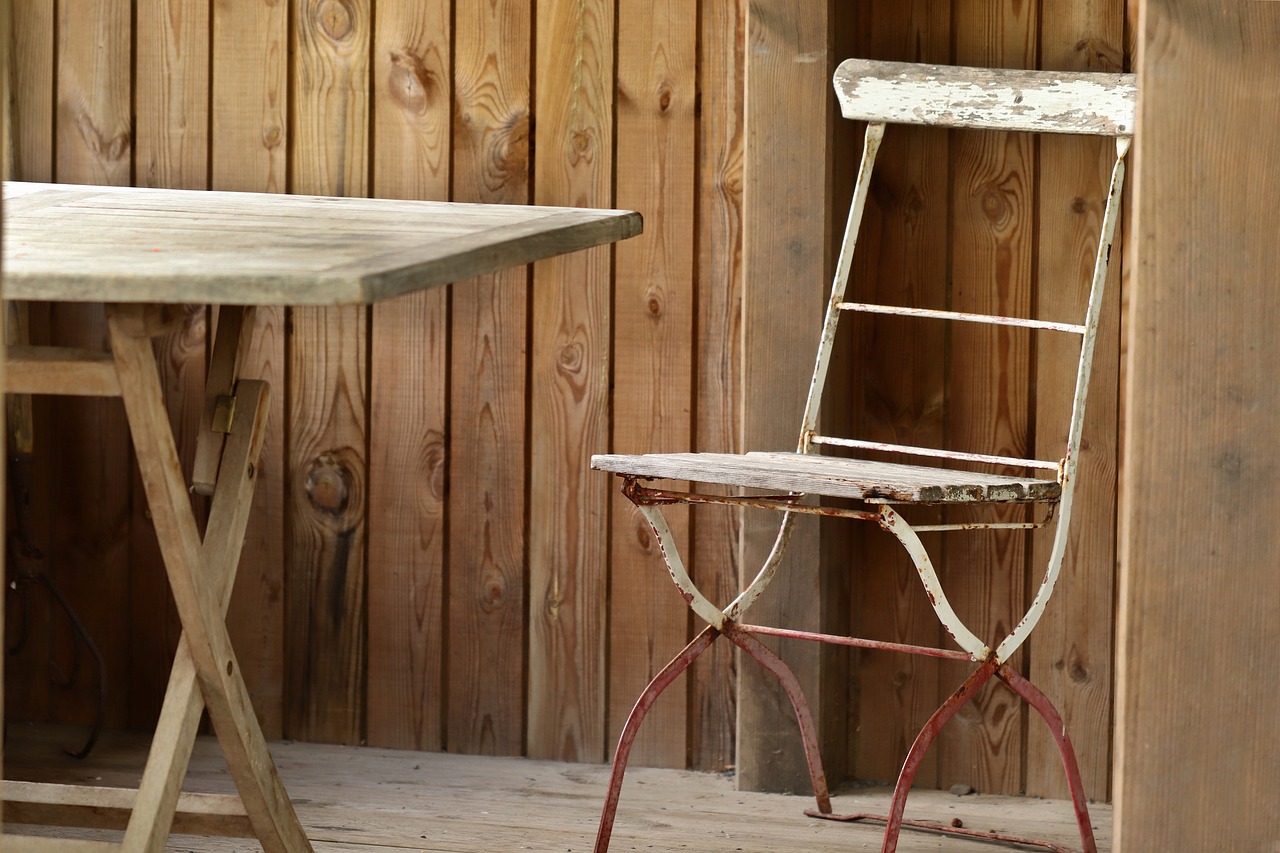
Benefits of Wooden Planters
Explore the beauty and functionality of handmade wooden planters, perfect for enhancing your home while providing a nurturing environment for your plants. Discover styles, benefits, and care tips for these charming additions.
When it comes to creating a thriving environment for your beloved plants, wooden planters stand out as a top choice. Not only do they offer remarkable durability, but they also provide excellent insulation, which is crucial for maintaining the right temperature for your plants. Imagine wrapping your plants in a warm, cozy blanket during the chilly nights—this is what wooden planters do! The natural aesthetics of wood add a rustic charm that can transform any space into a serene garden oasis.
One of the most significant advantages of wooden planters is their ability to promote healthy plant growth. The porous nature of wood allows for optimal drainage, preventing water from pooling at the roots, which can lead to rot. Additionally, wooden planters can help regulate soil temperature, keeping it warm in the winter and cool in the summer. This natural insulation effect is vital for the overall health of your plants.
Another benefit is the eco-friendliness of wooden planters. Unlike plastic or metal containers, wood is a renewable resource, making it a sustainable choice for environmentally conscious gardeners. Moreover, many wooden planters are crafted from reclaimed wood, which not only reduces waste but also adds character and history to your garden. This unique touch can serve as a conversation starter among your friends and family.
Let's not forget about the aesthetic appeal of wooden planters. They come in various styles, shapes, and sizes, allowing you to choose the perfect fit for your home or garden. Whether you prefer a classic rectangular planter or a more modern geometric design, wooden planters can complement any decor style. Plus, they can be easily customized with paint or stains to match your personal taste.
In summary, the benefits of wooden planters include:
- Durability: They can withstand various weather conditions, making them suitable for both indoor and outdoor use.
- Insulation: They help maintain optimal soil temperature.
- Eco-friendly: Made from renewable resources, often using reclaimed wood.
- Aesthetic appeal: Available in various styles and customizable to fit your decor.
Choosing wooden planters is not just about practicality; it's also about creating a beautiful and nurturing environment for your plants. With their numerous advantages, they are undoubtedly a fantastic addition to any home or garden.
Selecting the appropriate type of wood is crucial for longevity and plant health. Explore various wood options, including cedar, redwood, and reclaimed wood, to find the best fit for your planters.
Different woods possess varying levels of durability and resistance to decay. Understanding these properties can help you choose a planter that lasts and withstands the elements.
Cedar is lightweight and resistant to moisture, while redwood offers a stunning appearance and exceptional durability. Each has unique benefits worth considering for your wooden planters.
Using reclaimed wood not only adds character but also promotes sustainability. Discover how to incorporate reclaimed materials into your planters for an eco-friendly choice.
The design of your wooden planter can greatly influence its functionality and aesthetics. Explore various styles, shapes, and sizes to find the perfect match for your plants and space.
Proper maintenance is essential to prolong the life of your wooden planters. Learn effective care techniques to keep them looking beautiful and functioning well for years to come.
Applying a sealant or finish can protect your wooden planters from moisture and pests. Discover the best products and methods for maintaining your planters' integrity.
Regular cleaning and timely repairs can extend the lifespan of your planters. Learn effective cleaning techniques and how to address common issues like rot or damage.
Get inspired with innovative planting ideas to maximize your wooden planters' potential. From herb gardens to flower displays, discover how to create stunning arrangements that thrive.
Vertical gardening in wooden planters can save space and create eye-catching displays. Explore designs that utilize vertical space effectively for an impressive green wall.
Succulents thrive in well-drained environments, making them ideal for wooden planters. Learn how to create beautiful succulent arrangements that require minimal maintenance while adding a touch of greenery.
Here are some common questions about wooden planters:
- How long do wooden planters last? With proper care and maintenance, wooden planters can last for many years, often up to a decade or more.
- Do I need to line my wooden planter? It’s recommended to line your wooden planter with a plastic liner to prevent moisture damage, especially if you’re using untreated wood.
- Can I use treated wood for planters? Yes, but make sure the treatment used is safe for plants, particularly if you’re growing edibles.
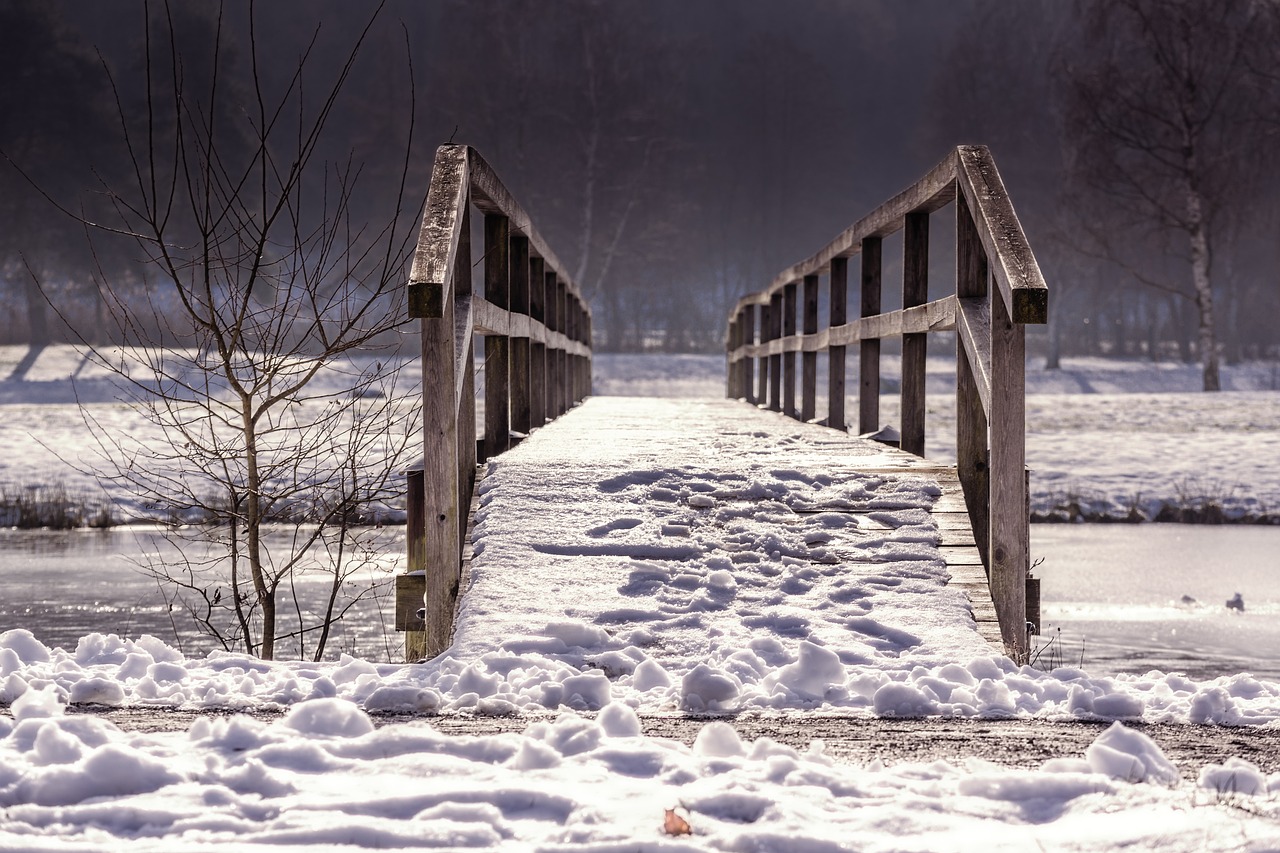
Choosing the Right Wood
When it comes to crafting your very own wooden planters, choosing the right type of wood is crucial for ensuring both longevity and the health of your plants. Not all woods are created equal, and understanding the unique properties of each can help you make an informed decision that enhances your gardening experience. Imagine your plants thriving in a cozy, natural environment that not only looks good but also provides the best conditions for growth. So, let’s dive into the different types of wood that can elevate your planter game!
First up, we have cedar, a popular choice among gardening enthusiasts. Cedar is not only lightweight but also boasts a natural resistance to moisture and insects, making it an ideal candidate for outdoor use. Its aromatic scent is an added bonus, offering a sensory delight every time you tend to your plants. On the other hand, redwood is known for its stunning appearance and remarkable durability. It has a rich hue that can enhance the aesthetic appeal of any garden or patio space. Both cedar and redwood have their unique benefits, and choosing between them often comes down to personal preference.
Now, if you're looking for a more sustainable option, consider using reclaimed wood. This choice not only adds a unique character to your planters but also promotes eco-friendliness. Reclaimed wood can come from various sources, such as old barns, pallets, or even furniture. By repurposing these materials, you’re not only helping the environment but also creating a one-of-a-kind planter that tells a story.
To help you further in your decision-making, here’s a quick comparison of the three types of wood:
| Type of Wood | Durability | Resistance to Decay | Aesthetic Appeal |
|---|---|---|---|
| Cedar | Moderate | High | Natural, Rustic |
| Redwood | High | Very High | Rich, Warm |
| Reclaimed Wood | Varies | Varies | Unique, Characterful |
As you can see from the table, both cedar and redwood stand out for their durability and resistance to decay. However, reclaimed wood can vary significantly depending on its source and previous usage, which adds an element of surprise to your planter's character. This unpredictability can be exciting, allowing you to create something truly special.
In summary, when choosing the right wood for your planters, consider factors like durability, resistance to decay, and aesthetic appeal. The right choice will not only enhance the beauty of your garden but will also provide a safe and nurturing environment for your plants to flourish. So, whether you opt for the classic charm of cedar, the robust elegance of redwood, or the distinctive character of reclaimed wood, you’re sure to create a stunning addition to your gardening space.

Durability and Resistance
When it comes to choosing the perfect wooden planter, understanding the durability and resistance of different types of wood is crucial. After all, you want your planters to stand the test of time while providing a healthy environment for your beloved plants. Different woods come with varying characteristics that can significantly affect their longevity and how well they perform outdoors. For instance, some woods are naturally resistant to decay and pests, while others might require more maintenance to keep them in top shape.
Let’s break down some common wood options and their properties:
| Type of Wood | Durability | Resistance to Decay | Typical Uses |
|---|---|---|---|
| Cedar | High | Excellent | Planters, fences, outdoor furniture |
| Redwood | Very High | Superior | High-end planters, decks, and siding |
| Pine | Moderate | Low | Indoor planters, temporary outdoor use |
| Reclaimed Wood | Variable | Depends on the source | Unique planters, eco-friendly projects |
As you can see from the table, cedar and redwood are excellent choices for outdoor planters due to their high durability and resistance to decay. They can withstand moisture and resist pests, making them ideal for the unpredictable weather conditions that plants often face. On the other hand, pine is more susceptible to decay and pests, so it’s better suited for indoor planters or temporary outdoor use. If you’re considering using reclaimed wood, keep in mind that its durability can vary greatly depending on the source and treatment of the wood.
In summary, when selecting a wooden planter, always consider the type of wood and its inherent properties. A well-chosen wood will not only enhance the beauty of your garden but also ensure that your plants thrive in a safe and durable environment. So, which wood will you choose for your next gardening project?
- How long do wooden planters typically last? - The lifespan of wooden planters can vary widely depending on the type of wood used and the care they receive. High-quality woods like cedar and redwood can last for many years, while softer woods may need to be replaced more frequently.
- Can I use treated wood for planters? - It's generally not recommended to use treated wood for planters, as the chemicals can leach into the soil and affect plant health. Always opt for untreated, natural wood whenever possible.
- How can I protect my wooden planters from the elements? - Regular sealing and finishing can help protect your wooden planters from moisture and UV damage. Additionally, placing them in a sheltered location can prolong their lifespan.
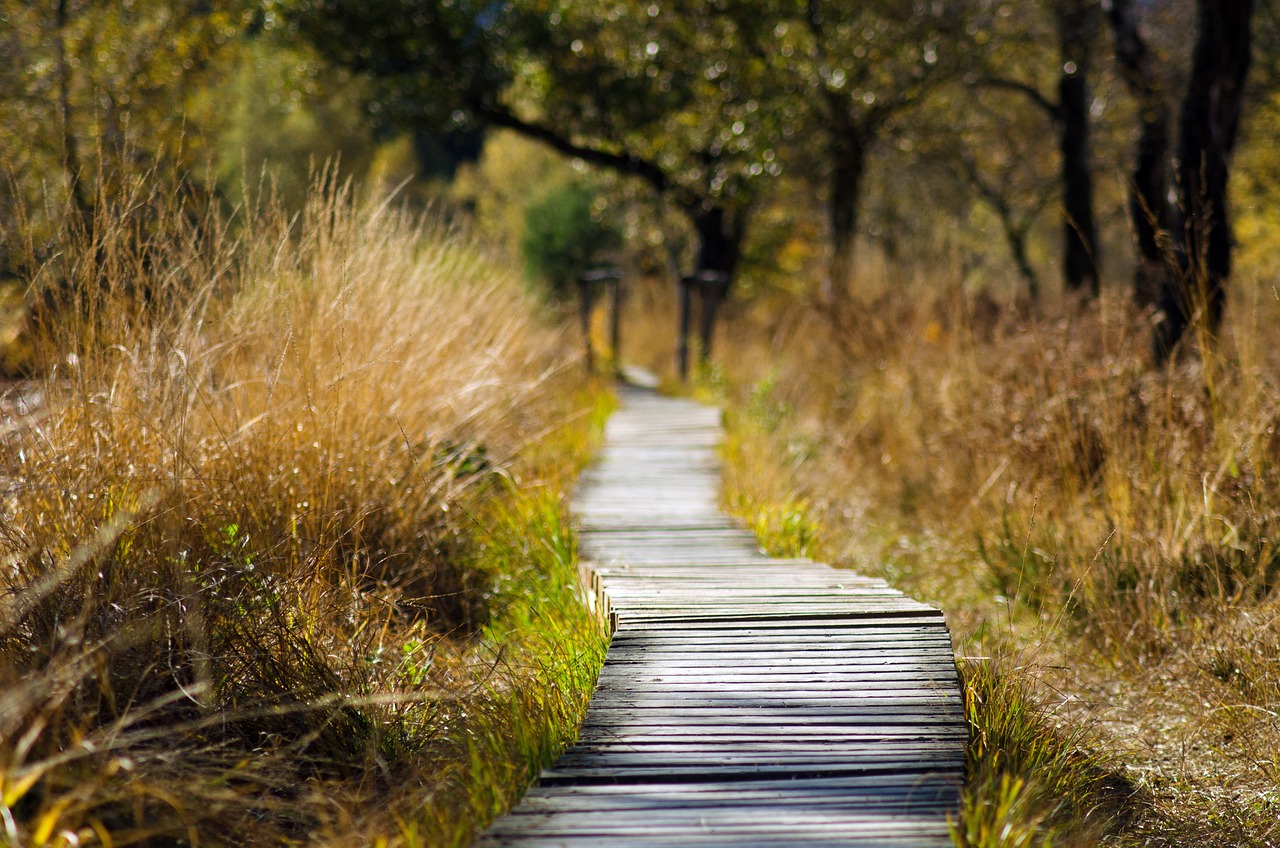
Cedar vs. Redwood
When it comes to choosing the right wood for your handmade wooden planters, two popular options stand out: cedar and redwood. Both types of wood have their unique characteristics, making them excellent choices, but they also cater to different needs and preferences. Understanding these differences can help you make an informed decision that aligns with your gardening goals and aesthetic desires.
Cedar is often favored for its lightweight nature and natural resistance to moisture and pests. This makes it an ideal candidate for outdoor planters, where exposure to the elements is a concern. The aromatic oils found in cedar not only deter insects but also contribute to its long-lasting durability. Imagine placing a beautifully crafted cedar planter on your patio, where it can withstand the rain and sun while providing a cozy home for your plants. Additionally, cedar has a warm, reddish hue that brings a natural elegance to any garden space.
On the other hand, redwood is renowned for its striking appearance and exceptional strength. It boasts a rich, deep color that can enhance the visual appeal of your outdoor or indoor setting. Redwood is also highly resistant to decay, making it a fantastic long-term investment for your gardening endeavors. However, it’s worth noting that redwood is generally heavier than cedar, which might influence your decision based on where you plan to place your planters. Picture a stunning redwood planter brimming with vibrant flowers, serving as a focal point in your garden.
To help you weigh the pros and cons of each wood type, here’s a quick comparison:
| Feature | Cedar | Redwood |
|---|---|---|
| Weight | Lightweight | Heavier |
| Moisture Resistance | High | Very High |
| Insect Resistance | Natural Oils | Natural Resistance |
| Appearance | Warm, Reddish Hue | Rich, Deep Color |
| Durability | Good | Exceptional |
Ultimately, the choice between cedar and redwood comes down to your personal preferences and specific gardening needs. If you’re looking for a lightweight option that’s resistant to moisture and pests, cedar might be your best bet. However, if you want a planter that combines beauty with exceptional durability, redwood could be the way to go. Think about the plants you want to grow and the environment they’ll be in, as this will guide you in making the right choice for your wooden planters.
Q: How do I know if my wooden planter is suitable for outdoor use?
A: Look for woods that are naturally resistant to moisture and pests, like cedar and redwood. Additionally, ensure that the planter has proper drainage to prevent waterlogging.
Q: Can I use treated wood for my planters?
A: While treated wood can be used, it’s essential to ensure that the chemicals used in the treatment are safe for plants, especially if you’re growing edibles.
Q: How often should I maintain my wooden planters?
A: Regular maintenance, such as cleaning and sealing, should be done at least once a year to prolong the lifespan of your wooden planters.
Q: What plants are best suited for wooden planters?
A: Most plants thrive in wooden planters, but consider the size and drainage needs. Herbs, flowers, and succulents are popular choices.
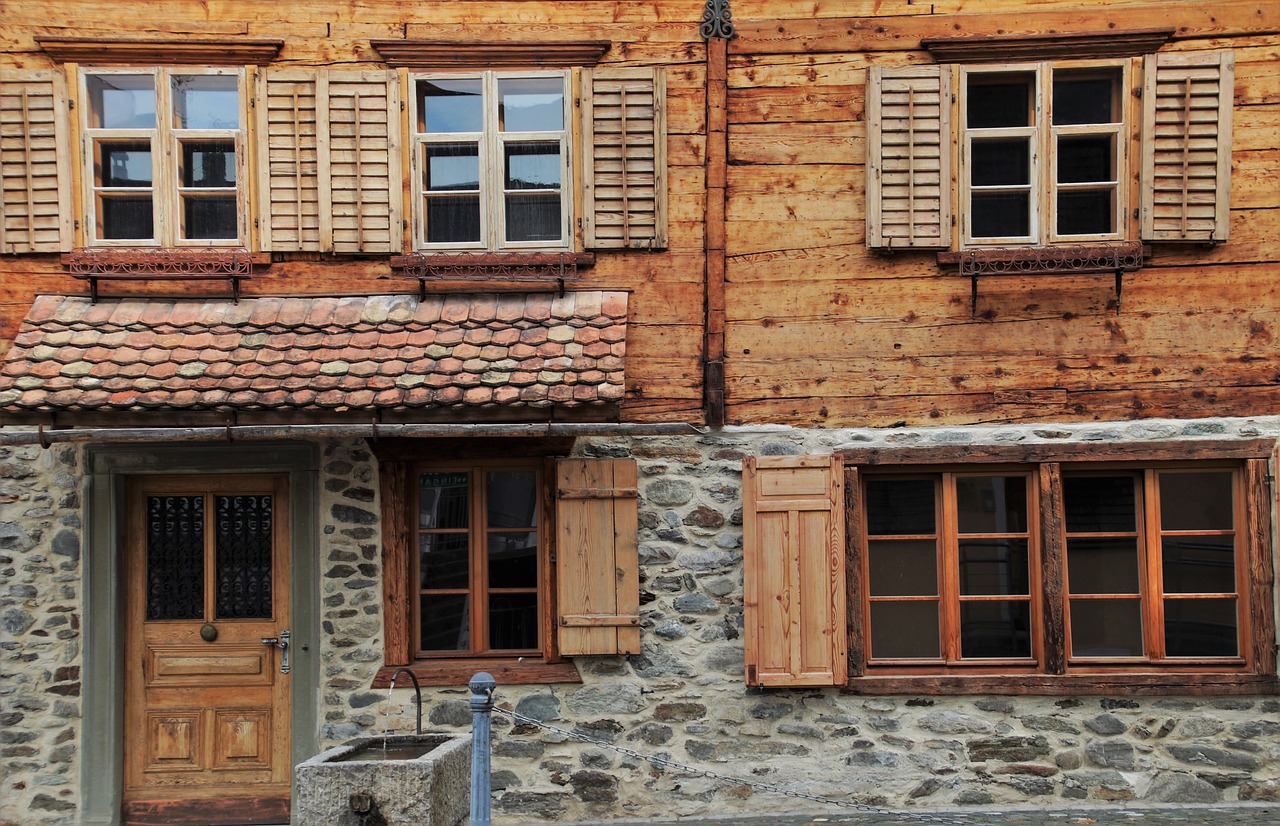
Reclaimed Wood Options
When it comes to creating stunning wooden planters, reclaimed wood is a fantastic choice that not only enhances the aesthetic appeal of your garden but also supports sustainability efforts. Reclaimed wood is sourced from old buildings, fences, and other structures, giving it a unique character and history that new wood simply can't replicate. Imagine transforming a piece of history into a beautiful home for your plants!
One of the most significant advantages of using reclaimed wood is its environmental impact. By repurposing wood that would otherwise end up in a landfill, you're contributing to a circular economy. This choice not only helps reduce waste but also minimizes the demand for new lumber, which can lead to deforestation. Plus, reclaimed wood often has a weathered look that adds rustic charm to any planter, making it a perfect fit for both modern and traditional gardens.
However, it's essential to consider the condition of reclaimed wood before using it for your planters. Look for wood that is free from significant rot or insect damage. Additionally, you may want to check for any harmful chemicals, especially if the wood was previously treated. A good practice is to sand down the surface to remove any old finishes or contaminants, ensuring a safe environment for your plants.
Here are a few types of reclaimed wood that work exceptionally well for planters:
- Barn Wood: Often rich in character and texture, barn wood can add a rustic feel to your garden.
- Pallet Wood: Easily accessible and versatile, pallet wood can be transformed into unique planter designs.
- Old Furniture: Repurposing old furniture pieces can yield beautiful and functional planters, especially when using hardwoods.
Incorporating reclaimed wood into your planters not only showcases your commitment to sustainability but also tells a story. Each piece of wood carries its own history, and when you plant in a reclaimed wooden planter, you're nurturing not just your plants, but also a piece of the past. So, the next time you're considering materials for your garden, think about the charm and sustainability of reclaimed wood!
Q: What are the benefits of using reclaimed wood for planters?
A: Reclaimed wood offers environmental benefits by reducing waste and the demand for new lumber. It also provides unique aesthetics and character to your planters.
Q: How can I ensure the reclaimed wood is safe for my plants?
A: Inspect the wood for rot, insect damage, and harmful chemicals. Sanding the surface can help remove any old finishes or contaminants.
Q: Can I use any type of reclaimed wood for planters?
A: While many types of reclaimed wood can be used, it's best to choose wood that is durable and suitable for outdoor conditions, such as barn wood or pallet wood.
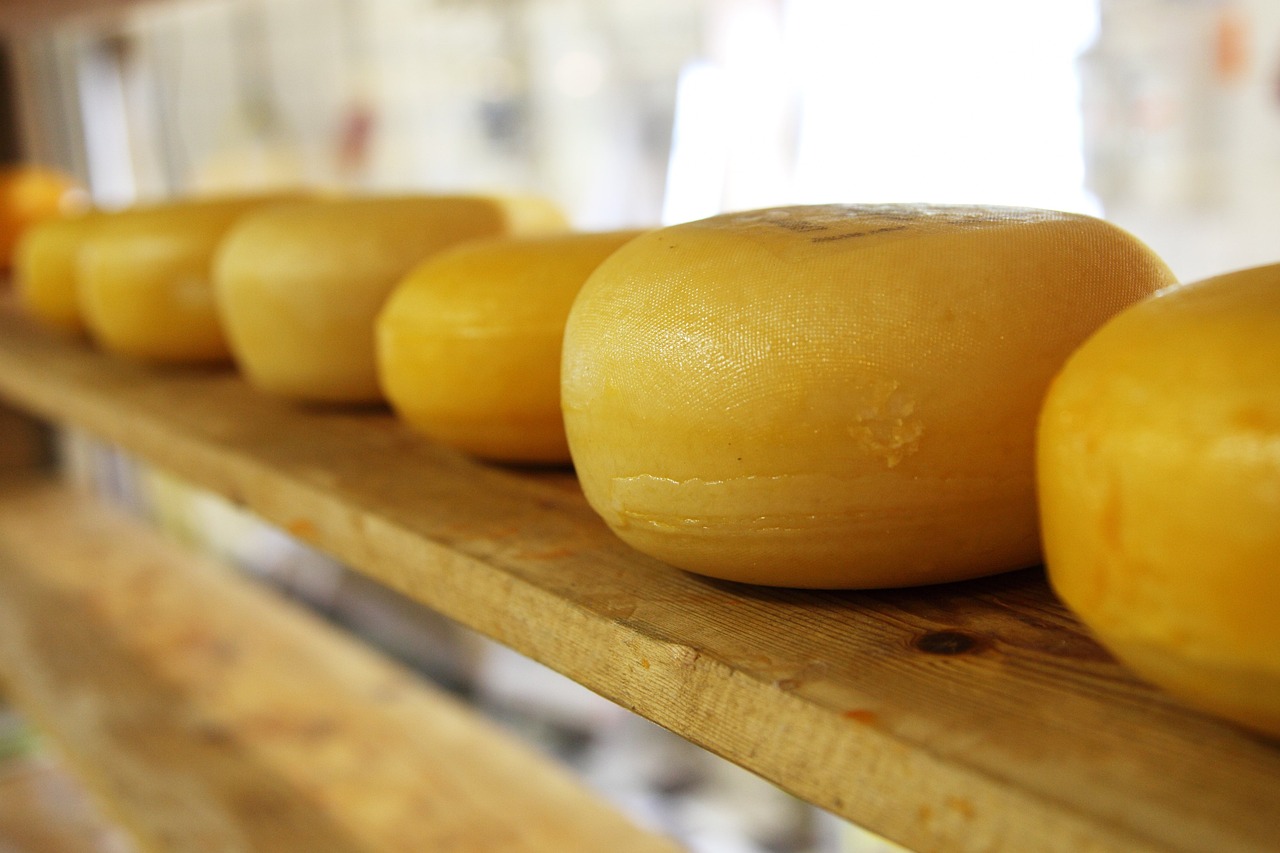
Designing Your Planter
When it comes to designing your wooden planter, the possibilities are as vast as your imagination! Think of your planter as a canvas, waiting for your unique touch to transform it into a beautiful piece that complements your home and showcases your plants. The design not only impacts the aesthetics but also plays a crucial role in the functionality of the planter. So, let’s dive into some creative ideas and tips to help you create a stunning planter that your green friends will love!
First off, consider the shape and size of your planter. Do you want a sleek rectangular planter for a modern look, or perhaps a round one that adds a touch of softness? The size matters too; a larger planter can accommodate bigger plants or multiple smaller ones, while a smaller planter is perfect for a cozy indoor space. Think about where you’ll place your planter—on a balcony, in a garden, or even indoors—and let that guide your choices.
Next, let’s talk about styles. From rustic to contemporary, the style of your planter should reflect your personal taste and the overall decor of your space. For a rustic feel, you might choose a planter with a rough finish, showcasing the natural grain of the wood. On the other hand, a sleek, polished wood can lend a modern vibe to your indoor plants. If you’re feeling adventurous, consider incorporating mixed materials, like metal or stone, to create a striking contrast against the wood.
Another exciting aspect of designing your planter is the color. While many people opt for the natural hues of wood, don’t shy away from painting or staining your planter! A pop of color can make your planter a focal point in your space. Just remember to use non-toxic paints or stains, especially if you are growing edible plants. The right color can enhance your plants' beauty, making them stand out and catch the eye of anyone who walks by.
Don’t forget about drainage! A beautiful planter is only as good as its ability to keep your plants healthy. Ensure your design includes drainage holes to prevent water from pooling at the bottom, which can lead to root rot. You can even get creative with the drainage by incorporating decorative stones or gravel at the bottom of the planter, adding both functionality and style.
Lastly, think about how you can personalize your planter. This could be as simple as engraving your initials or a meaningful quote on the side. You could also add decorative features like handles or embellishments that reflect your personality. The more you personalize your planter, the more it becomes a true extension of your style!
To summarize, designing your wooden planter is an opportunity to express your creativity while ensuring it serves its purpose effectively. By considering the shape, size, style, color, drainage, and personal touches, you can create a planter that not only enhances your home but also provides a nurturing environment for your beloved plants.
- What type of wood is best for outdoor planters? Cedar and redwood are excellent choices due to their natural resistance to decay and moisture.
- How do I prevent my wooden planter from rotting? Make sure your planter has proper drainage holes and consider applying a sealant to protect the wood from moisture.
- Can I use my wooden planter for edible plants? Absolutely! Just ensure that any finishes or paints used are non-toxic and safe for growing food.
- What are some creative ideas for planting in wooden planters? You can create vertical gardens, herb gardens, or even succulent arrangements that thrive in well-drained environments.

Maintenance Tips for Wooden Planters
Maintaining your wooden planters is crucial to ensure they last for many seasons while keeping your plants healthy and thriving. Just like a well-tended garden, a little care goes a long way! Regular maintenance not only enhances the beauty of your planters but also protects your investment. So, what do you need to consider when it comes to keeping your wooden planters in tip-top shape? Let’s dive into some essential tips that will help you maintain these charming additions to your home.
First and foremost, sealing and finishing your wooden planters is a game changer. Applying a quality sealant can create a barrier against moisture and pests, which are the two biggest enemies of wooden structures. You want to choose a sealant that is non-toxic and safe for plants, ensuring that your green friends thrive without any harmful chemicals. Look for products that are specifically designed for outdoor use, as they can withstand the elements better. Remember, a little bit of prevention can save you from significant repairs down the line!
Another critical aspect of maintenance is cleaning. Over time, dirt, algae, and mold can accumulate on your planters, making them look shabby. Regular cleaning keeps them looking fresh and allows you to spot any potential issues early on. To clean your wooden planters, simply use a soft brush and a mixture of mild soap and water. Avoid harsh chemicals that can damage the wood. After cleaning, rinse thoroughly and let them dry completely before replanting. This simple routine can make a world of difference!
Now, let’s talk about repairing your wooden planters. No matter how durable your planters are, wear and tear is inevitable. If you notice any signs of rot or damage, it’s essential to address these issues promptly. For small areas of rot, you can use wood filler to patch them up, but for larger damages, it might be best to replace the affected boards. Keeping an eye on your planters and performing timely repairs can significantly extend their lifespan.
Additionally, consider the location of your planters. If they’re exposed to harsh weather conditions, you might want to move them to a more sheltered spot during extreme weather. This proactive approach can prevent unnecessary damage from sun, rain, or snow. Remember, your wooden planters are not just decorative items; they are homes for your plants, and their comfort is essential!
To summarize, here are some quick tips for maintaining your wooden planters:
- Apply a non-toxic sealant to protect against moisture and pests.
- Clean regularly with mild soap and water to prevent dirt buildup.
- Repair any damage promptly to avoid further deterioration.
- Consider relocating planters during extreme weather conditions.
By following these maintenance tips, you can ensure that your wooden planters remain beautiful and functional for years to come. Remember, a little love and care go a long way in creating a thriving environment for your plants!
Q1: How often should I seal my wooden planters?
A1: It’s best to seal your wooden planters at least once a year, preferably in the spring before the growing season begins. This will help protect the wood from moisture and prolong its lifespan.
Q2: Can I use any kind of wood for my planters?
A2: While you can technically use any wood, some types, like cedar and redwood, are more resistant to decay and moisture. It’s advisable to choose woods that are known for their durability in outdoor conditions.
Q3: What should I do if my planter starts to rot?
A3: If you notice rot, assess the extent of the damage. For small areas, you can use wood filler to repair it. However, if the damage is extensive, it may be more effective to replace the affected boards entirely.
Q4: Is it necessary to move my planters indoors during winter?
A4: If you live in an area with harsh winters, it’s a good idea to move your planters indoors or to a protected area to prevent damage from freezing temperatures and snow.
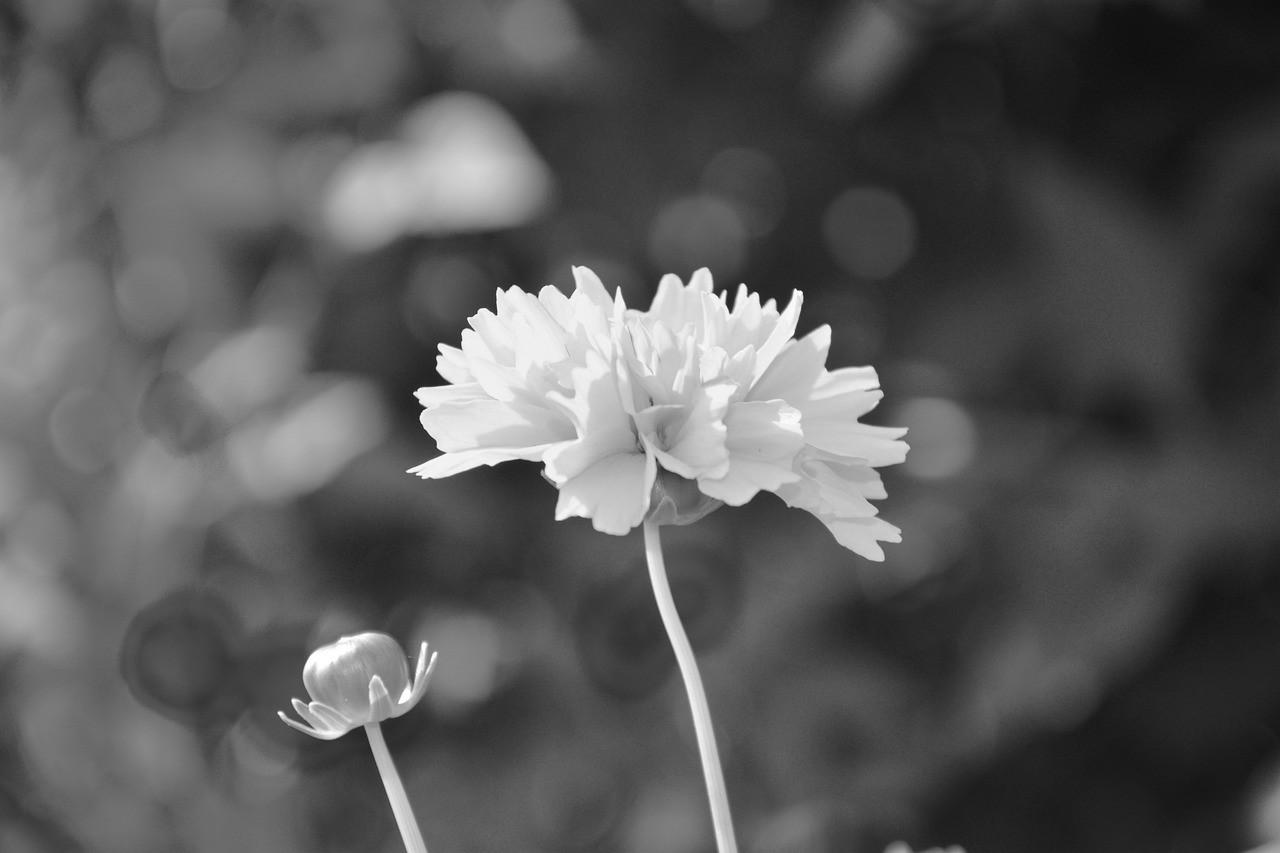
Sealing and Finishing
When it comes to maintaining the beauty and longevity of your handmade wooden planters, are crucial steps that shouldn’t be overlooked. Just like a protective coat on your favorite piece of furniture, a good sealant can safeguard your planters from moisture, pests, and the inevitable wear and tear that comes from being exposed to the elements. Think of it as giving your planters a cozy blanket to keep them warm and safe!
There are various products available on the market, but not all are created equal. Some sealants might contain harmful chemicals that could leach into the soil and affect your plants. Therefore, it’s essential to choose eco-friendly options that provide a protective barrier without compromising the health of your green friends. Look for products labeled as non-toxic or specifically designed for garden use. Popular options include:
- Natural Oils: Linseed oil and tung oil are excellent choices for sealing wooden planters. They penetrate deeply, providing moisture resistance while enhancing the wood’s natural beauty.
- Water-Based Sealants: These are easy to apply and clean up, plus they dry quickly. They offer a good level of protection against moisture.
- Varnish or Polyurethane: For a more robust finish, these products provide an excellent layer of protection but may require more careful application.
Before applying any sealant, make sure your planter is clean and dry. Start by sanding the surface lightly to remove any rough spots or old finishes. This step not only helps the sealant adhere better but also enhances the overall appearance of the wood. After sanding, wipe down the planter with a damp cloth to remove dust and debris.
Once your planter is prepped, it’s time to apply the sealant. Use a brush or a cloth to spread the product evenly across the surface. Depending on the type of sealant you choose, you may need to apply multiple coats for optimal protection. Always follow the manufacturer's instructions regarding drying times between coats, as this can vary significantly.
After the final coat has dried, you’ll want to inspect your planter for any missed spots. A thorough check ensures that your planter is fully protected and ready to house your plants. Remember, a well-sealed planter not only looks great but also provides a healthier environment for your plants to thrive in.
In conclusion, sealing and finishing your wooden planters is a simple yet effective way to enhance their durability and aesthetic appeal. By investing a little time and effort, you can create a beautiful, long-lasting home for your plants that will bring joy and greenery to your space for years to come.
Q: How often should I seal my wooden planters?
A: It’s generally recommended to reseal your wooden planters every 1-2 years, depending on exposure to the elements.
Q: Can I use regular wood stain on my planters?
A: While some wood stains are safe, it's best to use products specifically designed for garden use to avoid harmful chemicals leaching into the soil.
Q: What should I do if my wooden planter starts to rot?
A: If you notice signs of rot, remove any affected areas and treat the remaining wood with a sealant. In severe cases, it may be best to replace the planter.
Q: Can I paint my wooden planter instead of sealing it?
A: Yes, painting can provide a protective layer, but make sure to use non-toxic, outdoor-rated paint to ensure the health of your plants.
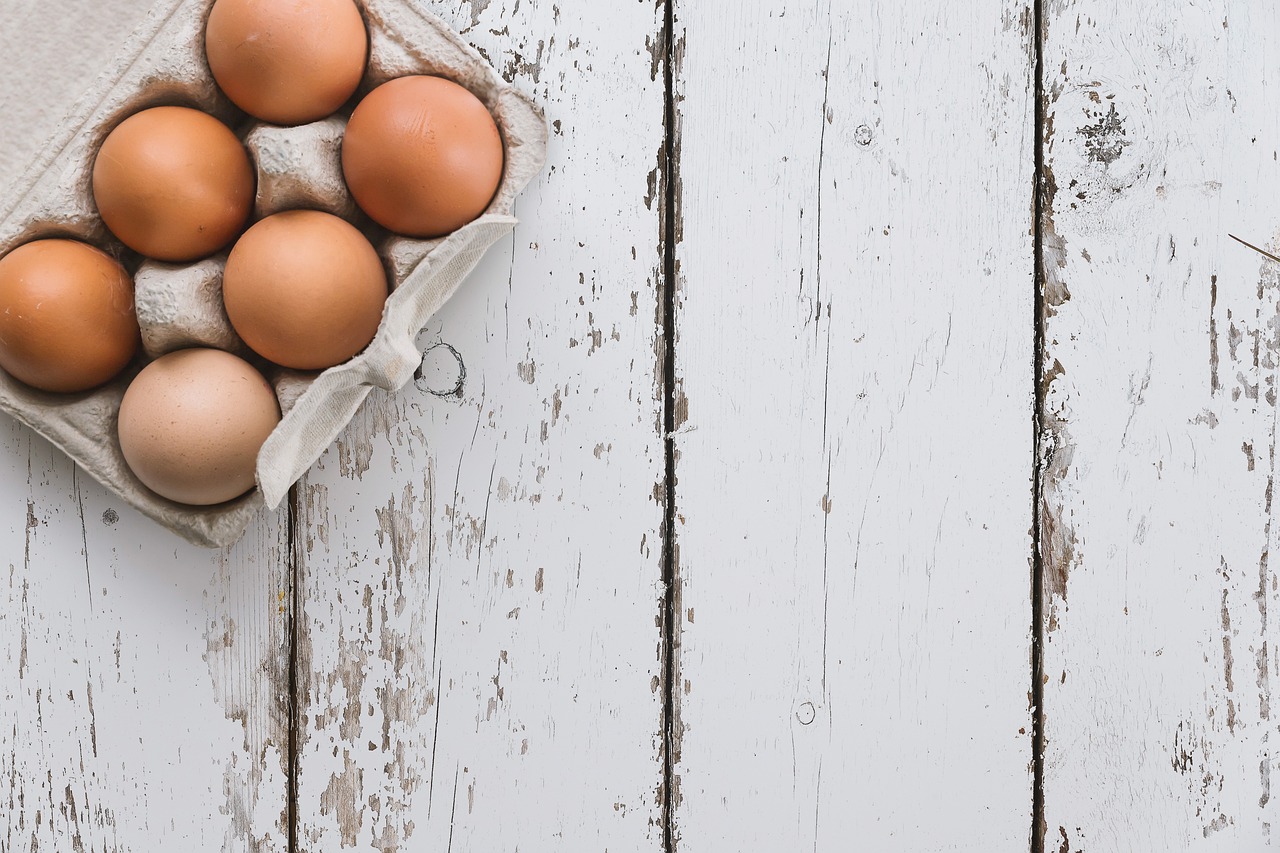
Cleaning and Repairing
Keeping your wooden planters in tip-top shape is crucial for their longevity and the health of your plants. Over time, dirt, grime, and organic material can accumulate, leading to potential issues like rot or pest infestations. Regular cleaning not only enhances the aesthetic appeal of your planters but also ensures they remain a safe and nurturing environment for your green friends. So, how do you go about cleaning and repairing them? Let's dive into some effective techniques!
First off, you’ll want to establish a regular cleaning schedule. Depending on your climate and where your planters are located, a good rule of thumb is to clean them at least once a season. Start by removing any dead leaves, weeds, or debris that might have settled in or around the planter. A simple brush or a handheld broom works wonders for this task. After that, you can use a mild soap solution and a soft cloth or sponge to gently scrub the surfaces. Avoid harsh chemicals, as they can damage the wood and harm your plants.
For those stubborn stains or mold spots, a mixture of vinegar and water can be an effective natural cleaner. Just mix equal parts vinegar and water, apply it to the affected areas, let it sit for a few minutes, and then scrub gently. Rinse thoroughly with water afterward to ensure no residue remains. This not only cleans but also helps to kill any mold spores that may be lurking.
Now, let’s talk repairs. If you notice any signs of rot or damage, it’s essential to address these issues promptly to prevent further deterioration. For small areas of rot, you can carefully cut out the affected section using a chisel or a sharp knife. Once you’ve removed the rot, treat the area with a wood preservative to prevent future decay. After the preservative has dried, you can fill the hole with a wood filler that matches the color of your planter, sand it down smoothly, and repaint or reseal the area for a seamless finish.
If your planter has larger structural issues, such as cracks or loose joints, you may need to reinforce it. Using wood glue can help mend loose parts, and clamps can hold them together while the glue dries. For significant cracks, consider using wood screws to secure the joints and ensure stability. Always remember to sand down any rough edges after repairs to avoid injury and maintain a polished look.
In addition to these cleaning and repair techniques, it’s wise to periodically check the drainage holes in your planters. Blocked drainage can lead to water pooling, which can be detrimental to your plants and the wood itself. If you find any holes clogged with soil or roots, simply clear them out with a small stick or a wire to ensure proper drainage.
In summary, regular cleaning and timely repairs are essential for the longevity of your wooden planters. By incorporating these practices into your gardening routine, you can keep your planters looking beautiful and functioning well for years to come. Remember, a little maintenance goes a long way in preserving the charm and utility of your wooden planters!
- How often should I clean my wooden planters? It’s recommended to clean them at least once a season, but you can do it more frequently if needed.
- Can I use bleach to clean my planters? It’s best to avoid bleach, as it can damage the wood. Opt for natural cleaners like vinegar instead.
- What should I do if my planter starts to rot? Remove the affected area, treat it with a wood preservative, and fill in any gaps with wood filler.
- How can I prevent pests in my wooden planters? Regular cleaning and proper drainage can help prevent pests. Consider using organic pest deterrents if needed.
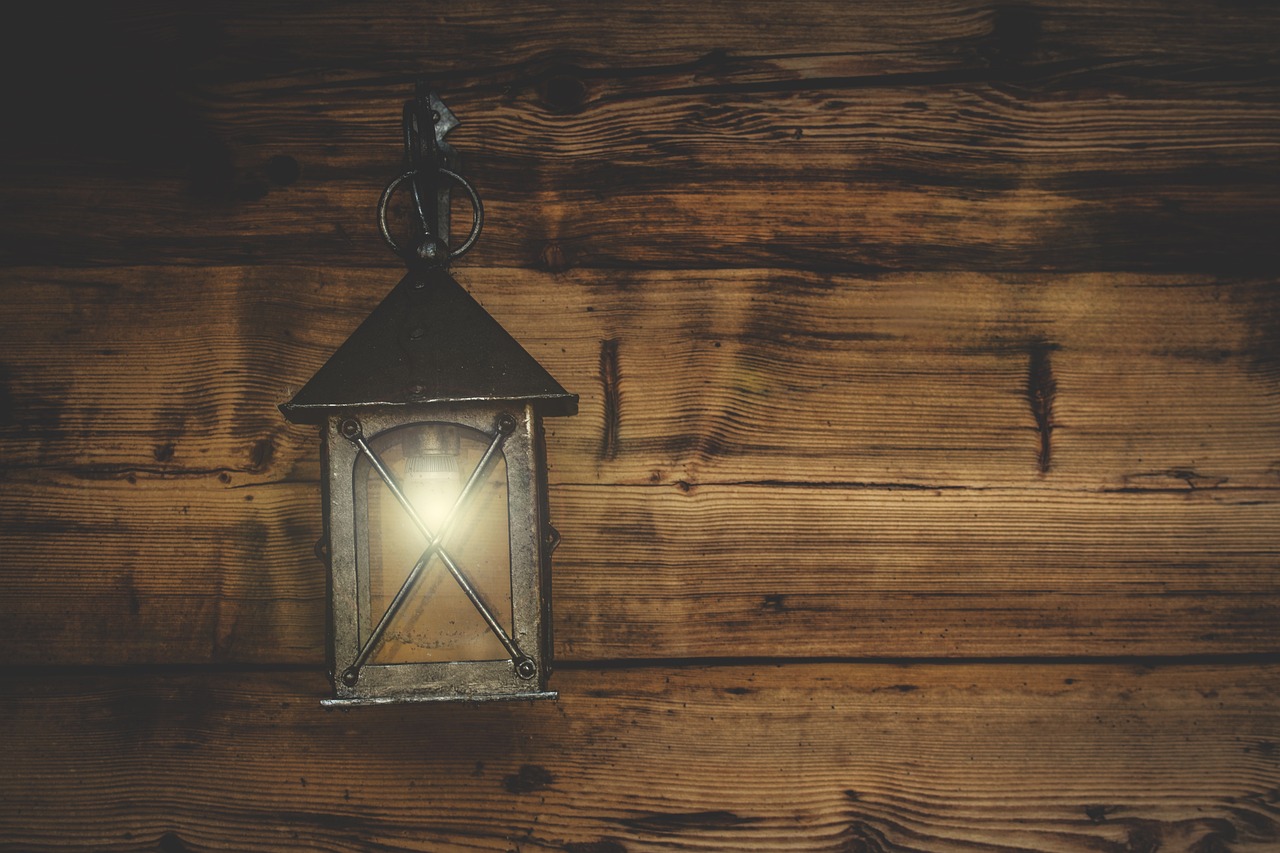
Creative Planting Ideas
Are you ready to take your wooden planters to the next level? With a bit of creativity and imagination, you can transform your outdoor or indoor space into a lush paradise. Let's dive into some innovative planting ideas that will not only maximize the potential of your wooden planters but also add a splash of personality to your home. Imagine your wooden planters bursting with life, color, and texture—sounds dreamy, right?
One of the most exciting ways to utilize wooden planters is through vertical gardening. This technique is perfect for those with limited space or for anyone looking to create a stunning visual display. By stacking planters or using tall, narrow designs, you can create a beautiful green wall that draws the eye and becomes a focal point in your garden or patio. Think of it as a living art installation! You can fill these vertical planters with a variety of plants, such as trailing vines, vibrant flowers, or even herbs, creating a cascade of colors and scents.
Now, if you're a fan of low-maintenance gardening, consider creating succulent arrangements in your wooden planters. Succulents are not only visually appealing but also incredibly easy to care for, making them perfect for beginners or those with a busy lifestyle. You can mix and match different varieties to create a stunning display that thrives in well-drained soil. The beauty of succulents lies in their unique shapes and colors, which can range from deep greens to vibrant pinks and purples. Imagine a planter overflowing with these little gems, requiring minimal watering while still bringing life to your space!
For those who love to cook, why not turn your wooden planters into a mini herb garden? Fresh herbs can elevate any dish, and having them right at your fingertips is a game-changer. You can easily plant a variety of herbs like basil, thyme, rosemary, and mint in your wooden planters. Not only do they look great, but they also provide delightful fragrances that will enhance your cooking experience. Plus, you can create a beautiful arrangement by mixing herbs with edible flowers, adding a pop of color and a touch of whimsy to your culinary creations.
And let’s not forget about the joy of seasonal displays! Wooden planters are perfect for showcasing seasonal plants, whether it's vibrant spring blooms, summer vegetables, or autumnal decorations. You can change the contents of your planters with the seasons, keeping your garden fresh and exciting. Imagine a planter filled with colorful pansies in spring, followed by juicy tomatoes in summer, and finally, stunning ornamental kale in fall. The possibilities are endless!
In summary, wooden planters are a versatile canvas for your gardening creativity. Whether you're opting for vertical gardening, succulent arrangements, herb gardens, or seasonal displays, these planters can enhance your space while providing a nurturing environment for your plants. So grab your wooden planters and let your imagination run wild—your green friends will thank you!
- What types of plants are best for wooden planters? Wooden planters can accommodate a wide variety of plants, including flowers, herbs, and succulents. Choose plants that thrive in the conditions of your space.
- How do I prevent my wooden planters from rotting? To prevent rot, ensure proper drainage, use treated wood or sealants, and maintain regular care and maintenance.
- Can I use reclaimed wood for my planters? Absolutely! Reclaimed wood adds character and is an eco-friendly choice. Just ensure it's free from harmful chemicals.
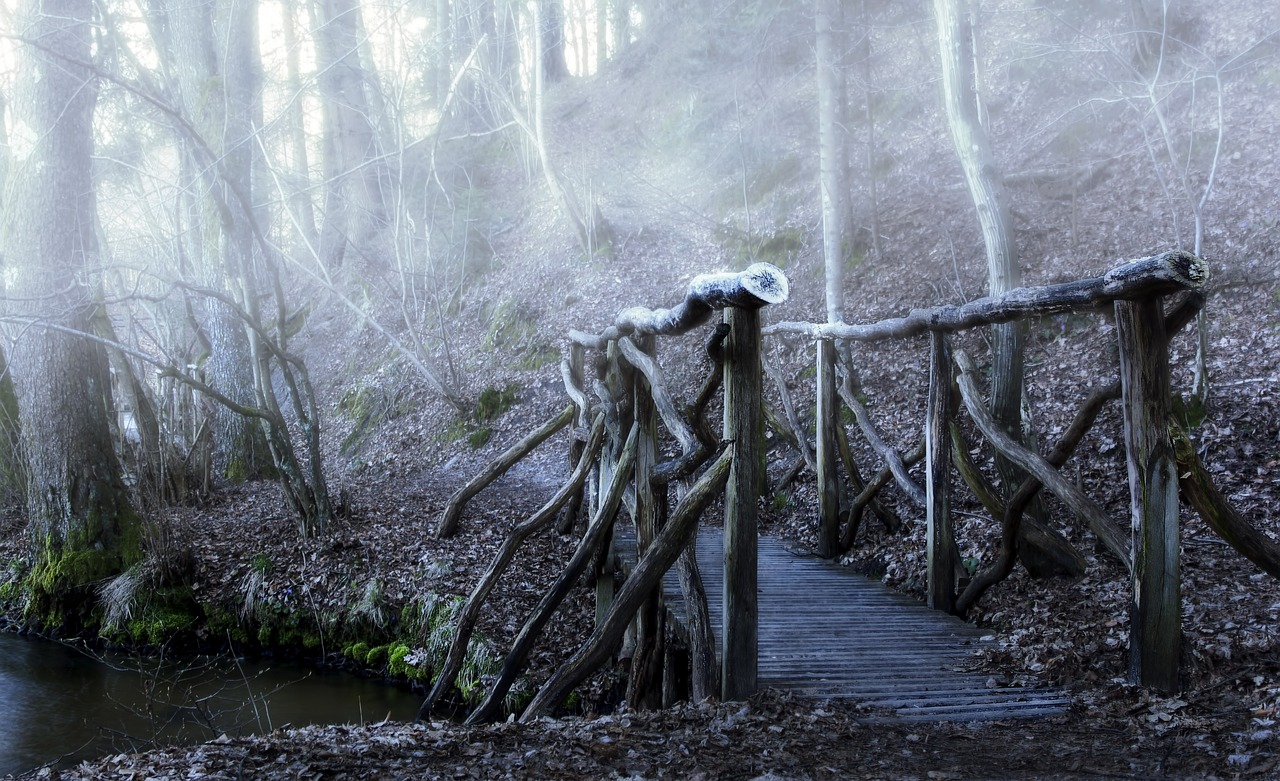
Vertical Gardening Solutions
Are you looking to add a touch of greenery to your home without sacrificing valuable floor space? Vertical gardening might just be the perfect solution for you! This innovative approach allows you to create stunning displays of plants that draw the eye upwards, transforming any wall or corner into a vibrant oasis. Imagine lush green leaves cascading down or colorful flowers reaching for the sky, all while maximizing your space and enhancing your decor.
When it comes to vertical gardening in wooden planters, the options are as diverse as your plant selection. You can use a variety of wooden planter designs, from wall-mounted boxes to tiered shelves that create a multi-layered effect. These planters not only serve as functional containers for your plants but also as beautiful pieces of art that can complement your interior or exterior design.
To get started, consider the following tips for creating a successful vertical garden:
- Choose the Right Location: Look for a spot that receives adequate sunlight and is easily accessible for maintenance. South-facing walls are often ideal.
- Select Suitable Plants: Opt for plants that thrive in vertical arrangements. Herbs, trailing vines, and small flowering plants work wonderfully. Succulents are also a great choice due to their low maintenance needs.
- Plan Your Layout: Arrange your plants in a way that considers their growth habits. Taller plants should go at the top, while trailing or smaller plants can hang down.
One popular design is the living wall, where wooden planters are mounted directly onto a wall, creating a stunning vertical garden that breathes life into any space. You can also use wooden trellises or lattice structures to support climbing plants, allowing them to flourish while adding height and dimension to your garden.
Another exciting idea is to create a vertical herb garden. Imagine having fresh basil, mint, and rosemary right at your fingertips, all beautifully arranged in wooden planters hanging in your kitchen or on your patio. Not only does this provide easy access for cooking, but it also adds a delightful aroma and a splash of green to your culinary space.
Incorporating vertical gardening into your home decor not only enhances your living space but also promotes a healthier environment. Plants naturally purify the air, and having them at eye level can improve your mood and well-being. So, why not take the plunge and start your vertical gardening journey today? Your green friends will thrive, and your home will thank you for it!
1. What types of plants are best for vertical gardening?
Vertical gardens can accommodate a variety of plants. Herbs, succulents, trailing vines, and small flowering plants are particularly well-suited for this style of gardening due to their growth habits and minimal space requirements.
2. How do I maintain a vertical garden?
Maintenance involves regular watering, pruning, and ensuring adequate sunlight. Check your plants frequently for pests and diseases, and make sure to rotate them if they’re not receiving even light exposure.
3. Can I create a vertical garden indoors?
Absolutely! Vertical gardens can thrive indoors, especially in well-lit areas. Just make sure to choose plants that can adapt to indoor conditions and provide them with the right amount of water and nutrients.
4. What materials are best for vertical gardening planters?
Wooden planters are an excellent choice for vertical gardening due to their natural aesthetics and durability. Ensure that the wood is treated or sealed to withstand moisture and prevent decay.
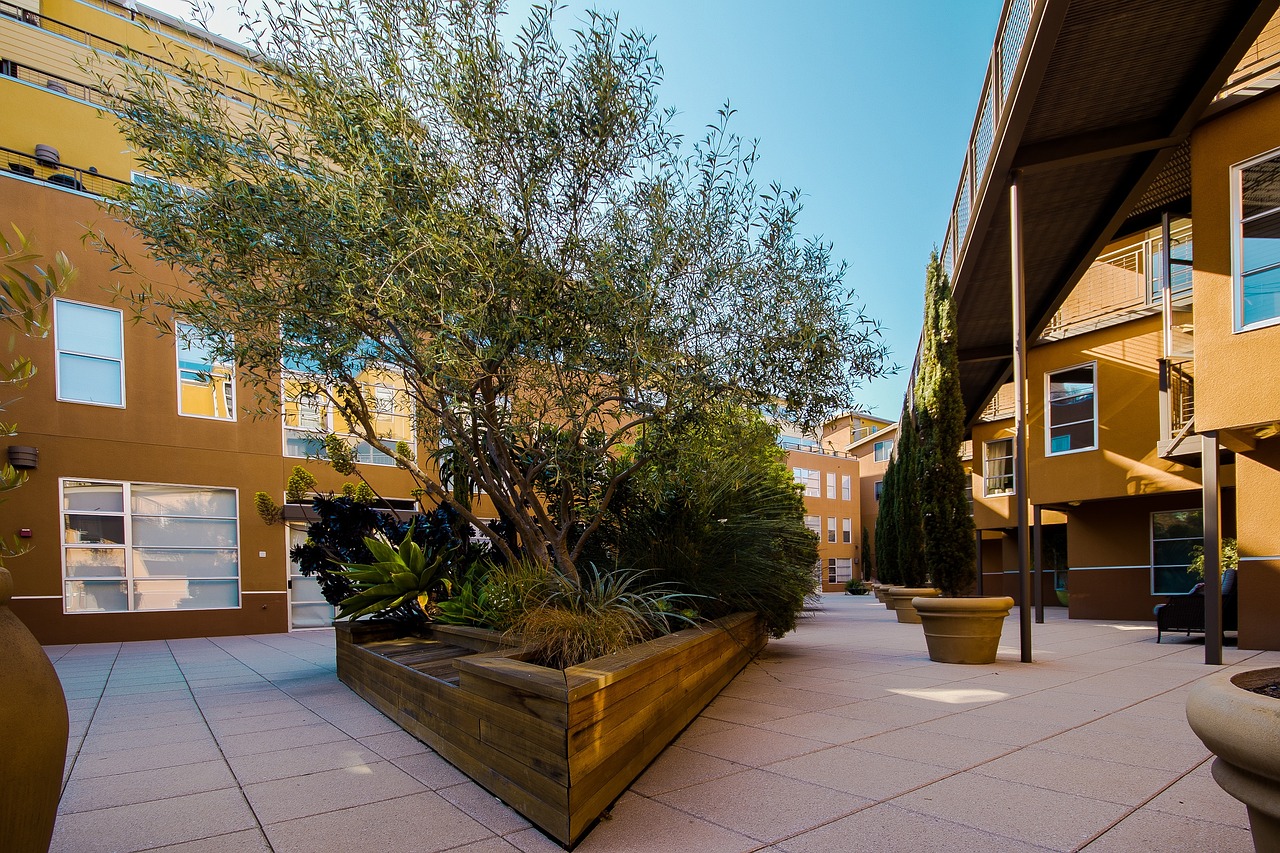
Succulent Arrangements
Succulents are the perfect companions for your handmade wooden planters, bringing a unique charm and a splash of color to your living space. These resilient plants thrive in well-drained environments, making them an ideal choice for wooden containers. The beauty of succulents lies not just in their variety of shapes and colors, but also in their low maintenance requirements. Imagine having a stunning arrangement that requires minimal care while still providing a lush aesthetic to your home. Isn't that a dream come true?
When designing your succulent arrangements, consider the following factors to create a visually appealing and thriving display:
- Variety: Mixing different types of succulents can create a dynamic and interesting arrangement. Look for a combination of colors, textures, and sizes to keep things exciting. For example, pairing a tall, spiky succulent with a low, rosette-shaped one can add depth and contrast to your planter.
- Layering: To achieve a more natural look, try layering your succulents. Place taller plants in the back and shorter ones in the front. This not only enhances visibility but also allows each plant to shine without overshadowing its neighbors.
- Color Coordination: Think about the color palette you want to create. Succulents come in shades ranging from deep green to vibrant pinks and purples. Choose colors that complement your wooden planter and the surrounding decor for a cohesive look.
One of the exciting aspects of succulent arrangements is the ability to customize them based on your personal style. You can create a minimalist arrangement with just a few carefully selected succulents, or go all out with a vibrant, eclectic mix. Adding decorative stones, pebbles, or even driftwood can further enhance the visual appeal of your planter. These elements not only provide a beautiful contrast against the greenery but also help with drainage and moisture retention.
When it comes to caring for your succulent arrangements, remember that less is often more. Overwatering is a common mistake that can lead to root rot, so it's essential to let the soil dry out between waterings. A general rule of thumb is to water your succulents every two weeks, adjusting based on the climate and season. During the winter months, you might even find that they need less frequent watering. With the right care, your succulent arrangements will flourish, bringing joy and tranquility to your home.
Here are some common questions that arise when it comes to succulent arrangements in wooden planters:
- How often should I water my succulents? Generally, watering every two weeks is sufficient, but always check the soil moisture before watering.
- What type of soil is best for succulents? A well-draining soil mix specifically formulated for cacti and succulents is ideal.
- Can I use any type of wood for my planters? While many woods can be used, opt for rot-resistant varieties like cedar or redwood for longevity.
- Do succulents need direct sunlight? Most succulents thrive in bright, indirect sunlight but can tolerate some direct sun.
Frequently Asked Questions
- What are the benefits of using wooden planters?
Wooden planters are not just pretty to look at; they offer a ton of benefits! They provide excellent insulation for your plants, keeping their roots cozy in both hot and cold weather. Plus, they have a natural aesthetic that can enhance any space, giving your home that rustic charm.
- How do I choose the right type of wood for my planters?
Choosing the right wood is crucial! You might want to consider options like cedar or redwood, both of which are durable and resistant to decay. If you’re into sustainability, reclaimed wood is a fantastic choice that adds character and helps the environment!
- How can I maintain my wooden planters?
Maintenance is key to keeping your wooden planters looking great! Regular cleaning is essential, along with applying a sealant to protect against moisture and pests. Don’t forget to check for any signs of damage, like rot, and address them promptly to extend their lifespan.
- What creative planting ideas can I try with wooden planters?
Get creative! Wooden planters are perfect for vertical gardening, allowing you to save space and create stunning displays. You can also try arranging succulents, which thrive in well-drained environments and require minimal maintenance, making them a great choice for busy plant lovers.
- Are there specific plants that thrive in wooden planters?
Absolutely! Many plants love the cozy environment that wooden planters provide. Herbs, flowers, and succulents are all excellent choices. Just make sure to select plants that match the drainage and light conditions of your planter to keep them happy and healthy!



















